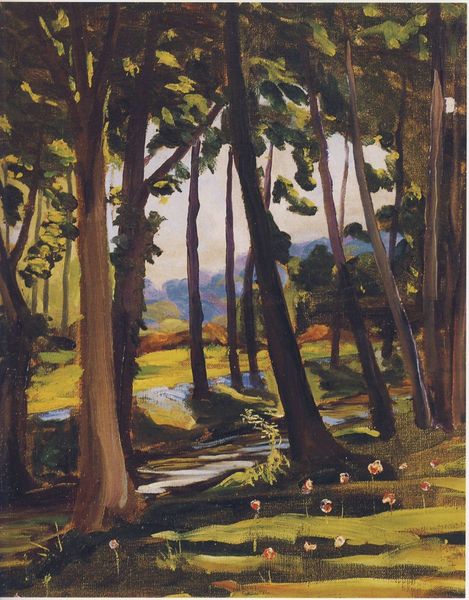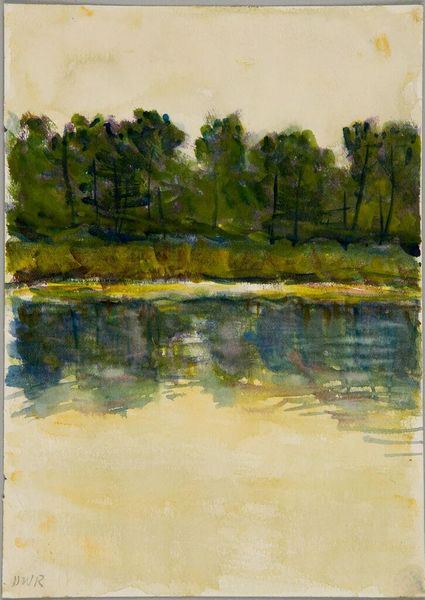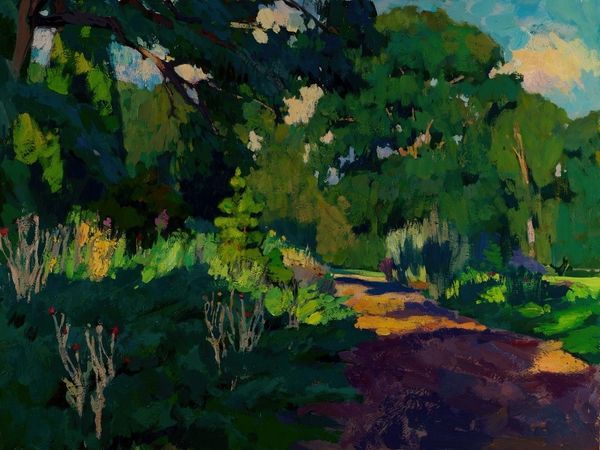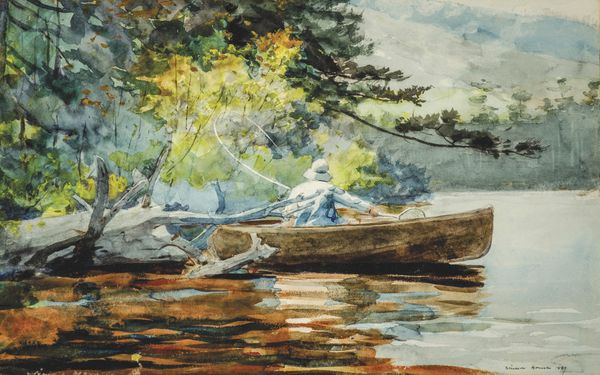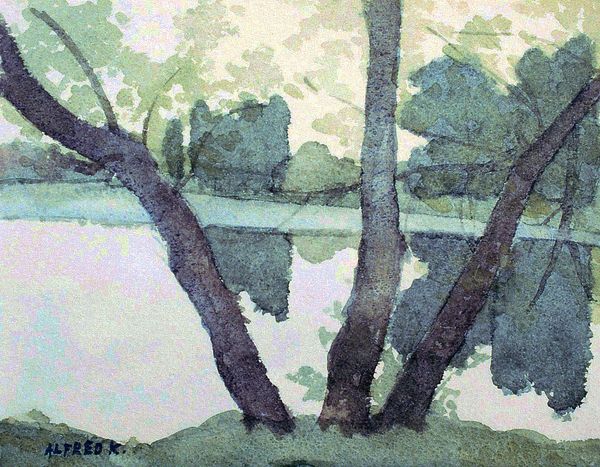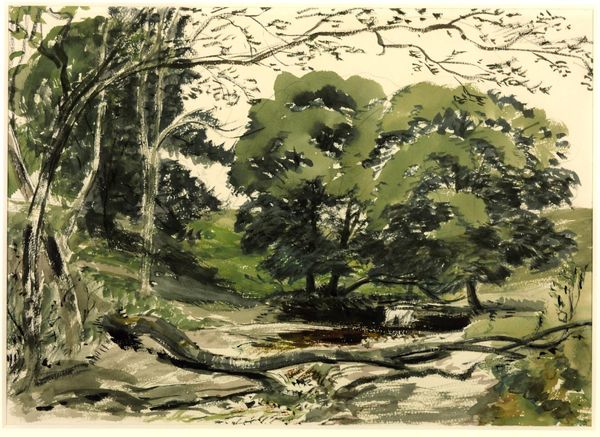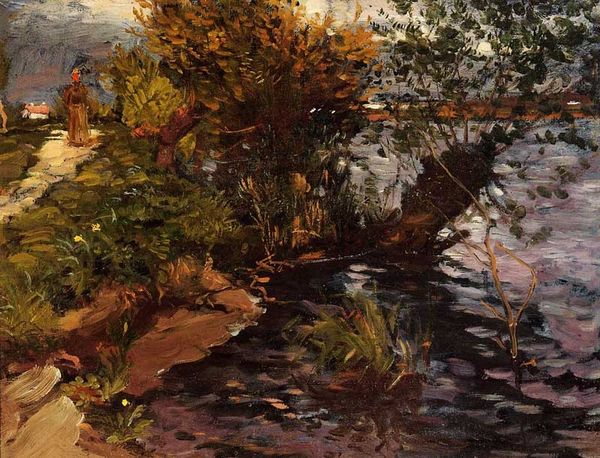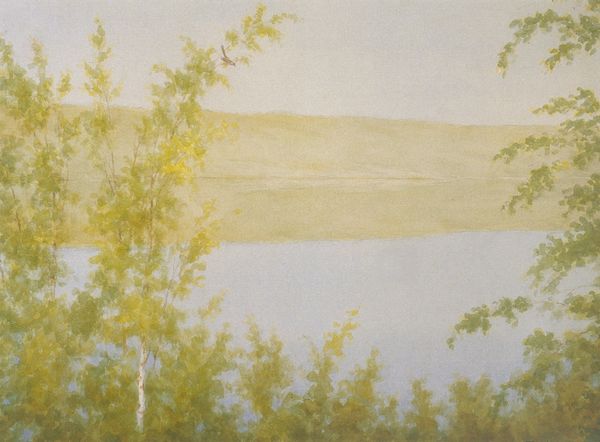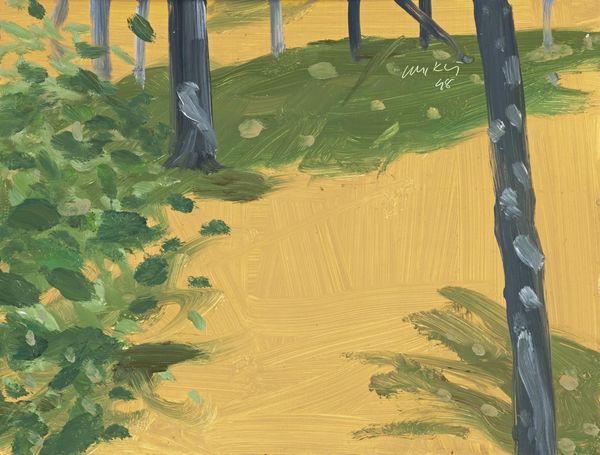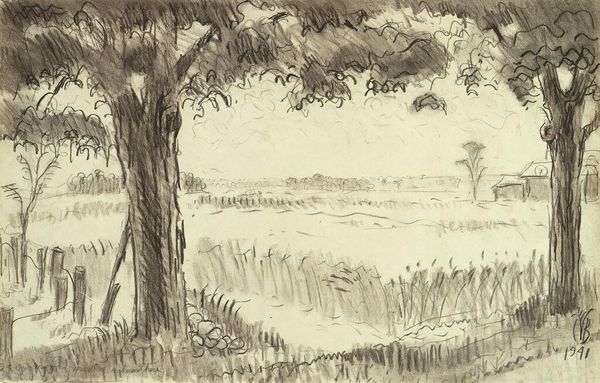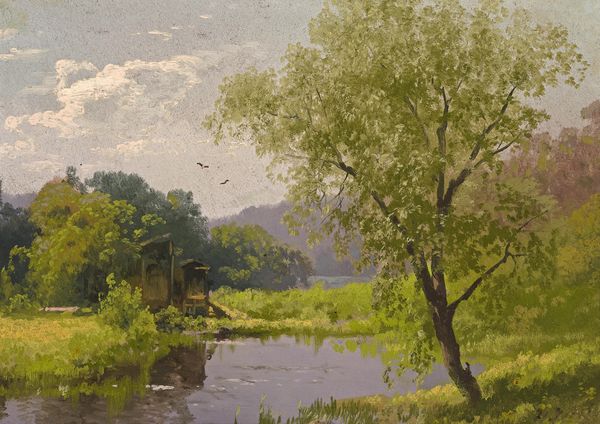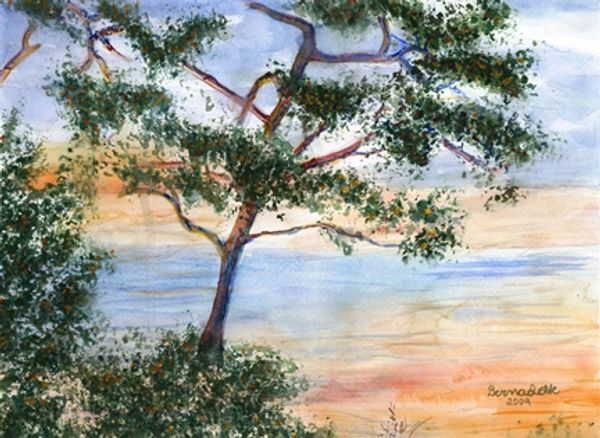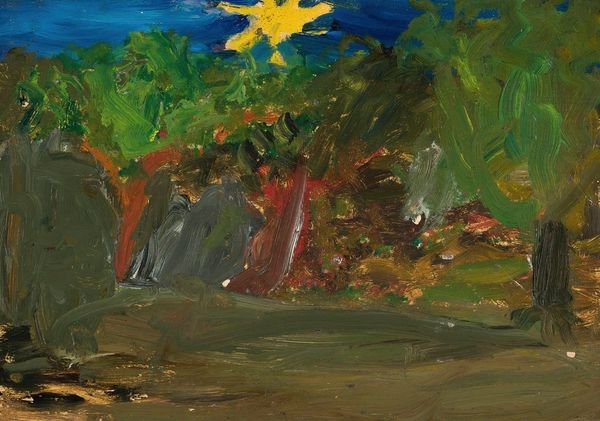
drawing, plein-air, watercolor
#
drawing
#
impressionism
#
plein-air
#
landscape
#
impressionist landscape
#
possibly oil pastel
#
oil painting
#
watercolor
#
watercolor
Dimensions: image: 6.67 × 33.02 cm (2 5/8 × 13 in.) board: 8.89 × 35.88 cm (3 1/2 × 14 1/8 in.)
Copyright: National Gallery of Art: CC0 1.0
Editor: So, this is B. de Brycker's "Coastal Seascape" from around 1880, seemingly done in watercolor. The tranquil, muted tones create a sense of calm. I'm curious, looking at this, what kind of narrative or cultural context do you see unfolding? Curator: Well, it’s fascinating how this seemingly simple landscape fits within the rising popularity of *plein-air* painting in the late 19th century. This piece, likely a quick study due to its medium, is part of a larger shift where artists like Brycker moved away from studio-bound, idealized scenes. Do you notice how it democratizes the image? Editor: In what way does it "democratize the image?" Curator: It presents an accessible, everyday scene. Artists venturing outdoors made art more relatable. The growing middle class, with newfound leisure time, began to appreciate these accessible landscapes and seascape imagery, thus altering both the art market and public tastes. Also, consider how this embrace of natural light and fleeting moments – characteristic of Impressionism – impacted societal views on nature and leisure. Does this align with your initial response to the piece? Editor: I see what you mean. It moves away from grand historical themes, reflecting a different kind of social value. It feels more like capturing a moment, rather than portraying an idealized landscape. Curator: Precisely. The rise of Impressionism coincides with industrialization and urbanization, causing many to feel a sense of detachment from nature. Art like Brycker’s then offered a sort of visual escape, catering to a nostalgic yearning for simpler times and unspoiled natural beauty. Editor: That’s a very helpful framework. I hadn't thought about it as a response to industrialization like that. Curator: It reveals a quiet yearning embedded within its beauty. The image reflects society's changing relationship with nature, progress, and the artistic establishment. Editor: It's like the painting isn't just showing us a view, but also a feeling about a changing world. Thanks!
Comments
No comments
Be the first to comment and join the conversation on the ultimate creative platform.
